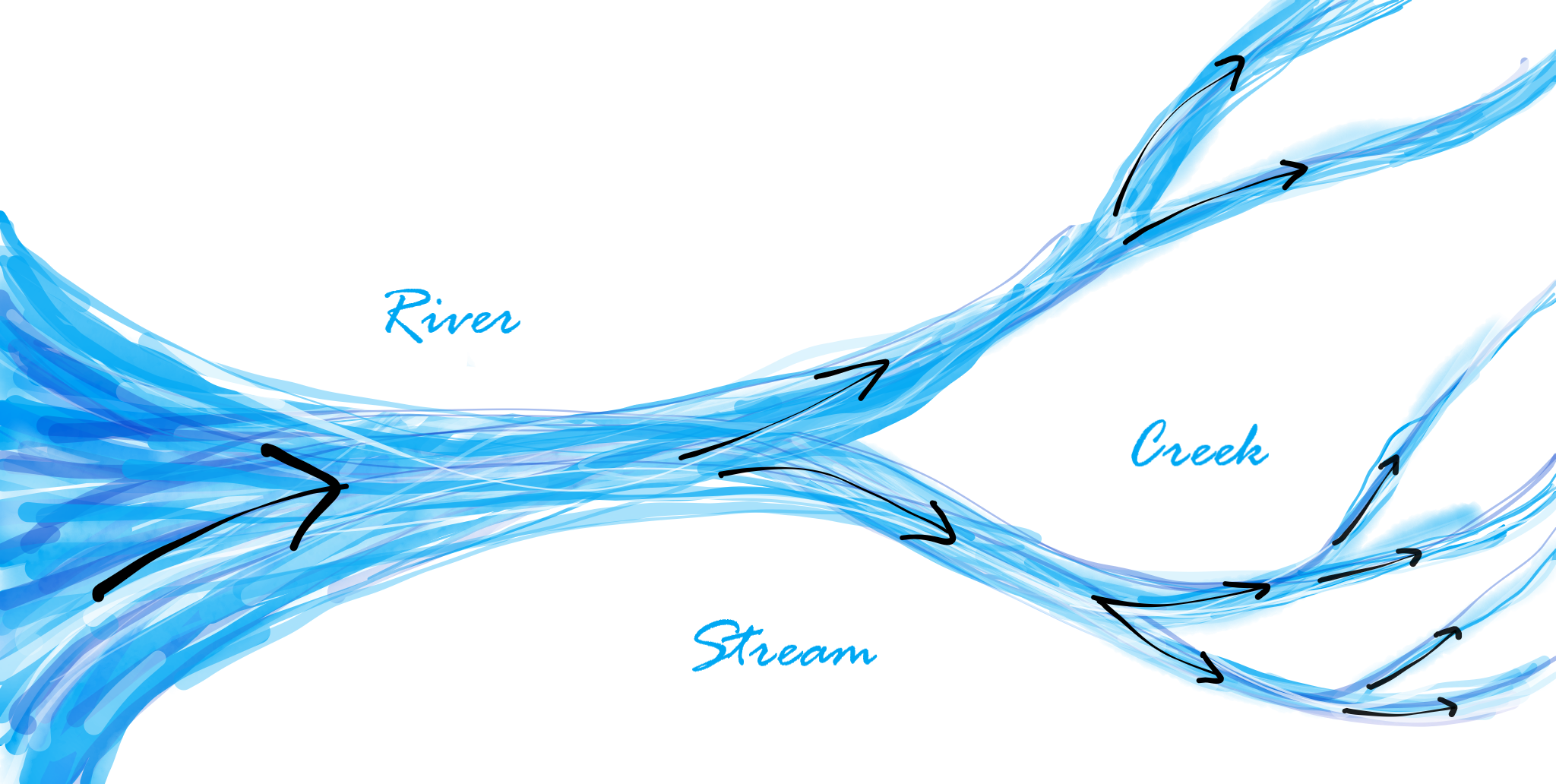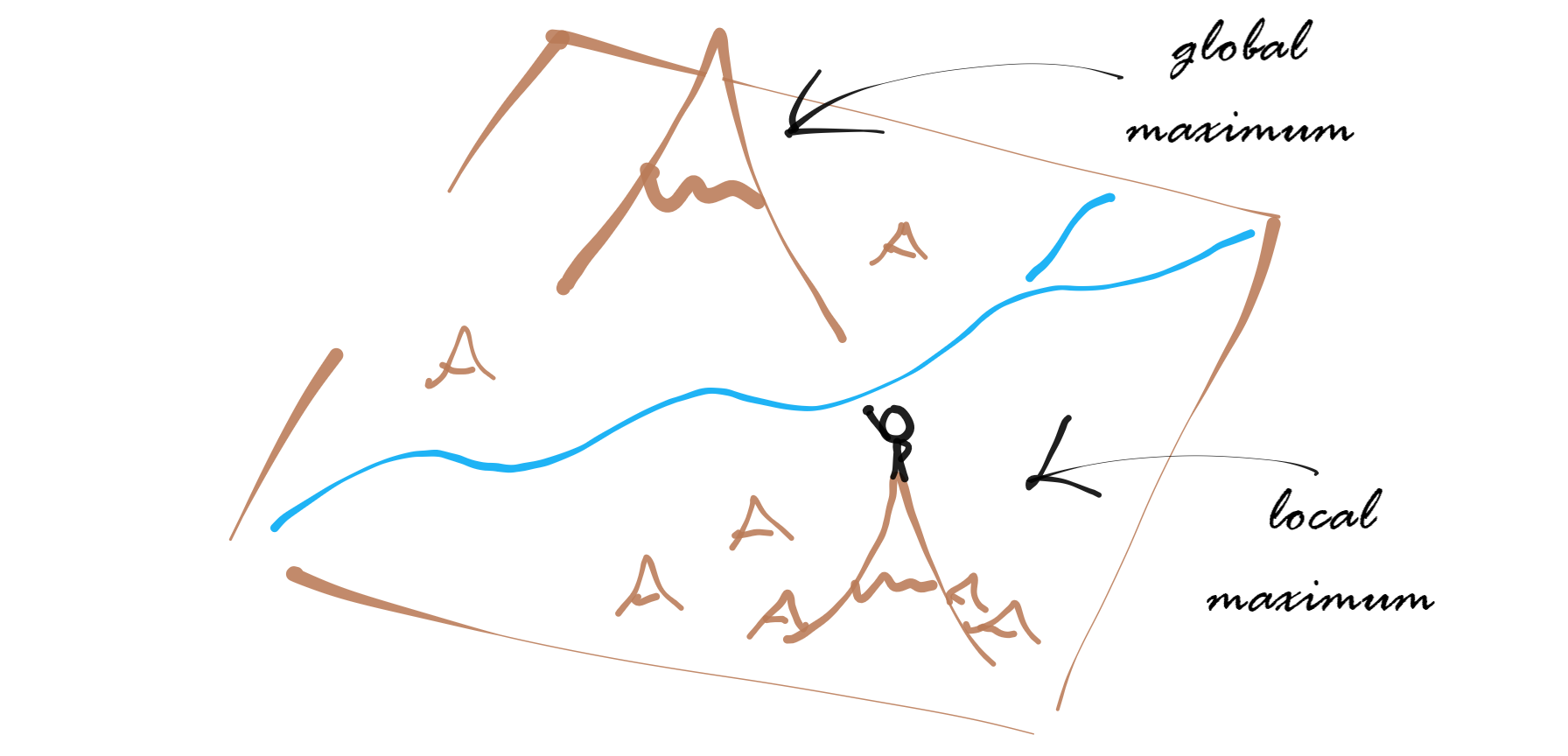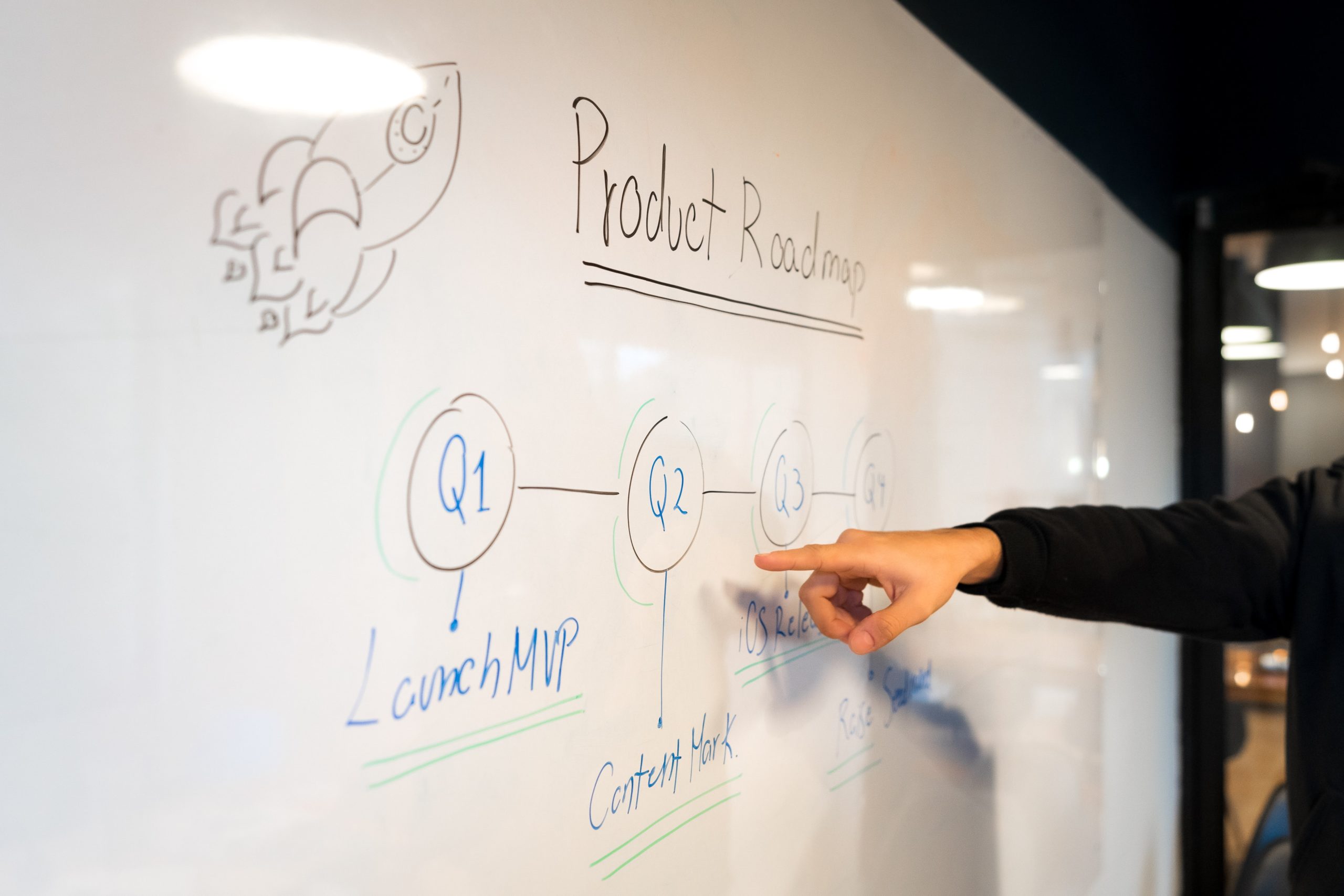Imagine the following scenario: you, a new team member, have been added to a project already several months in progress. You have a number of questions: Who is this product for? What problem are we solving? How does this product solve the problem?
After a few days of poking around, you discover that no one seems to know. But now the team is committed (there are milestones to meet! a roadmap to stick to!) and it’s your job to get onboard and help assemble the plane while it’s in flight. Sound familiar?
This problem is preventable with a little planning, but it can often be difficult — or nearly impossible — to get teams in this type of environment to slow down or stop in order to plan effectively. That’s why I came up with The Product Checklist™.
The Product Checklist™ is intended to add the minimum possible process to a team’s pre-production phase, while still ensuring that critical parts of the plan are in place before the team goes off and starts building things.
The Product Checklist™ was inspired by operating room checklists. The basic idea is simple: in the operating room, checklists can have a dramatic impact on the quality of care, especially in a crisis. The same rules apply to tech development. When teams feel a major sense of urgency to begin development, the checklist can provide a low-friction way to ensure that they are building a product based on sound assumptions.
The Product Checklist™
The checklist is based on three core types of assumptions: Product-Market Fit (there is an opportunity for this product), Business Case (your company should make it), and Use Case (people will use it). These are presented in descending order. The top assumptions must be true before anything else below them matters. Pro tip: A lot of teams over-focus on the bottom of the list. But it doesn’t matter if people can use your product if there was no audience for it in the first place!
Product-Market Fit
- There is a problem solved or opportunity created by this product
- There is an audience with this problem/opportunity
Business Case
- This audience is sizeable
- There is value in solving this problem/opportunity
- You are capable of building this product
Expected Use Case
- You have access to this audience
- Your audience will understand your product
- Your audience will be able to use your product
Using the Product Checklist™
When to use it: The Product Checklist™ works best after the team has decided what to build but before development begins in earnest. But the checklist is meant to be flexible. It can be deployed at nearly any point in a product development cycle, so long as the team has room to pivot on their product strategy.
How to use it: To use the checklist, simply ask yourself (and your team) whether you have enough evidence to claim that each bullet in the list is true. If you do, great! Go ahead and build that product.
What is enough evidence: Well that depends on the stakes of your project. Is it a big, hairy project with lots of unknowns that will cost a lot of money and is critical to your company’s success? Then you probably want to be pretty sure. If it’s a low-risk project in a well-known space without a lot of cost, then you don’t need a lot of evidence. Sensitivity analysis can be a useful tool here. Plot out your assumptions based on how certain you are vs. how important it is to be right. Any assumptions that are high importance but low certainty probably merit follow up.
What Do We Do if We Don’t Pass
If your team can’t check all the boxes on the list, it means you aren’t ready to start making your full product. At the very minimum, you should consider building a concept, prototype, or MVP that can be validated before you invest in a full product development process.
What else can you do? Well, you could also spend more time building out the case for your product by creating a product strategy based on an understanding of the Audience, Market, and Product. But that’s a post for a different day…
Photo by Glenn Carstens-Peters on Unsplash




One Comment